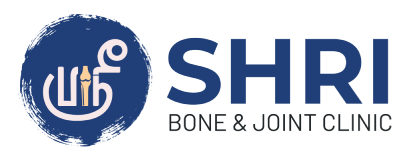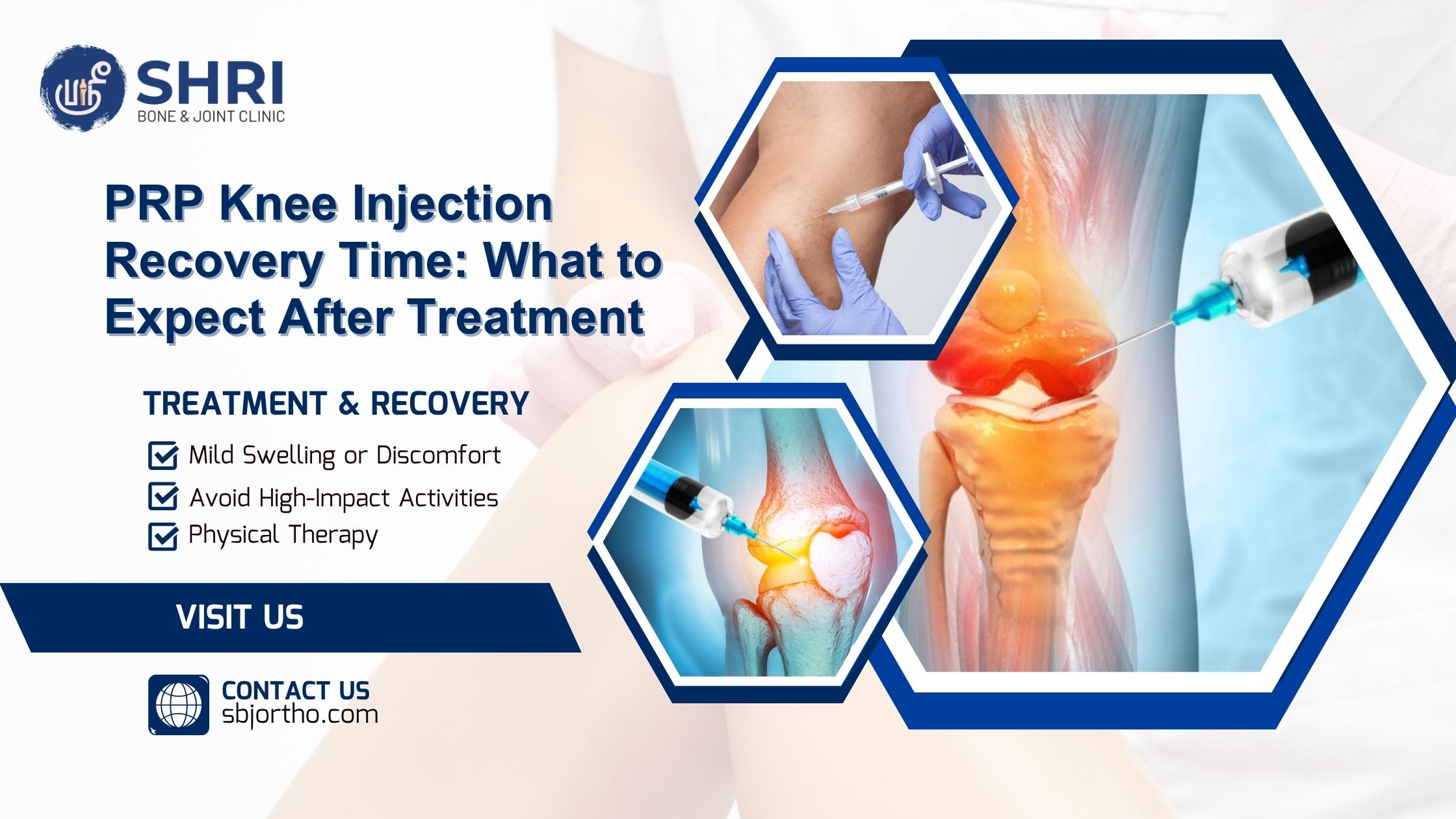PRP (Platelet-Rich Plasma) injections have become a game-changer in managing chronic knee pain caused by arthritis, injuries, and tendon issues. While the treatment itself is quick and non-surgical, one of the most common patient concerns is: “How long is the recovery time after a PRP injection for knee pain?”
This blog explains what to expect in the days, weeks, and months following the procedure—and how to get the best results.
Immediate Recovery: First 24–48 Hours
After receiving a PRP injection, you may feel mild discomfort or soreness at the injection site. This is normal and part of your body’s natural healing response.
What to Expect:
- Mild swelling or redness
- Warmth around the knee
- Temporary stiffness
- Occasional light bruising
Care Tips:
- Rest the knee as much as possible
- Avoid high-impact activities
- Ice the area if needed
- Do not take NSAIDs (like ibuprofen) unless advised, as they can interfere with platelet activity
Short-Term Recovery: First 1–2 Weeks
In this phase, inflammation decreases and healing begins. Most patients report a gradual reduction in pain and improved mobility by the end of the first week.
Activities You Can Start:
- Light walking
- Daily movements without strain
- Gentle stretching exercises as advised
You may also begin physiotherapy under professional guidance to restore joint flexibility.
Mid-Term Recovery: 3–6 Weeks
This is the stage where the actual healing benefits of PRP start to show. By the 4th to 6th week, most patients experience noticeable improvements in:
- Joint stiffness
- Knee strength
- Swelling reduction
- Pain during movement
If multiple sessions are planned, your doctor may schedule the second PRP injection around this time.
Long-Term Recovery: 2–3 Months
Between 8 to 12 weeks, patients typically reach peak benefits from their PRP therapy. This includes:
- Enhanced cartilage repair (especially for early-stage arthritis)
- Improved knee function
- Longer periods without pain
For many, the results last 6 to 12 months or more, depending on age, severity, and lifestyle.
What Can Delay PRP Recovery?
Several factors can slow down the healing process:
- Skipping post-injection care
- Returning too soon to intense physical activity
- Underlying metabolic conditions (e.g., diabetes, obesity)
- Smoking or poor diet
Always follow your orthopedic doctor’s instructions for the best outcome.
How to Maximize Your PRP Recovery?
- Stay consistent with prescribed physiotherapy
- Focus on low-impact exercises like cycling or swimming
- Maintain a healthy weight to reduce joint stress
- Follow a diet rich in protein and anti-inflammatory foods
- Attend all follow-up appointments
Where to Get the Best PRP Knee Treatment in India?
For reliable and patient-focused PRP Knee Treatment, Shri Bone & Joint Clinic is among the most trusted orthopedic clinics in Chennai. Their approach combines clinical expertise with advanced imaging-guided injections and post-procedural rehab plans tailored for faster healing. Whether you’re researching options or already considering prp injection for knee pain, their experienced team will guide you every step of the way.
Who Offers the Best Recovery Support for PRP Injections?
If you’re searching for trusted Orthopedic Specialists for PRP therapy, Dr. Shriram Krishnamoorthy is one of Chennai’s leading experts. At Shri Bone & Joint Clinic, he provides a holistic, patient-centric approach—focusing not only on injections but also on personalized recovery timelines to ensure you heal right.
Final Thoughts
PRP knee injections offer a non-surgical route to pain relief and healing, especially for early arthritis and joint injuries. Recovery is relatively quick, with most patients resuming normal activities within weeks and enjoying long-term results for months. Understanding the process and sticking to a proper recovery plan are key to getting the most from your treatment.

